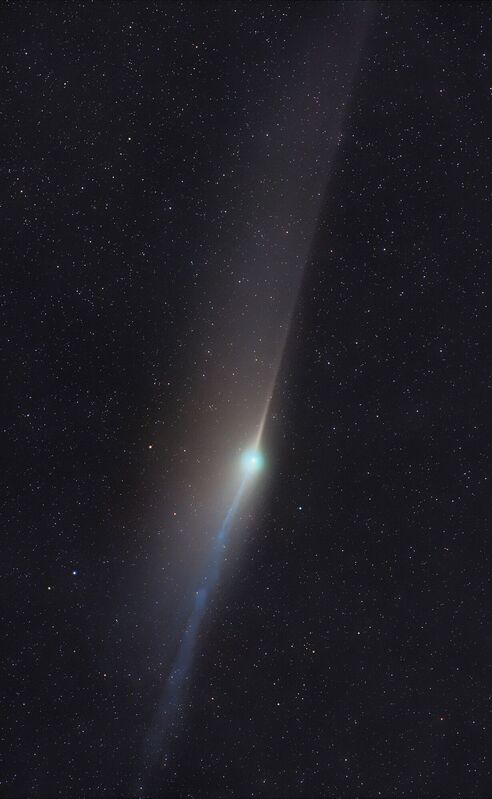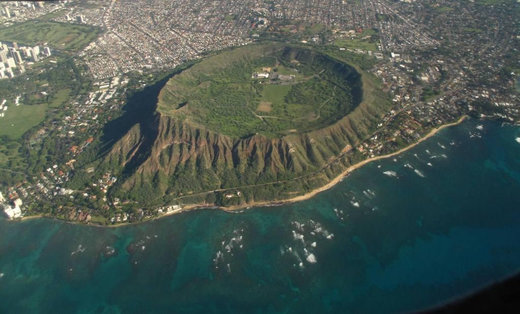
"This is a fantastic paper," says Jeremy Goldbogen, a marine biologist at Stanford University's Hopkins Marine Station in Pacific Grove, California, who wasn't involved in the study. The new findings "are revealing something that we didn't know anything about," he notes. "This is an awesome snapshot of deep time."
The area where the fossils were found has long been known locally as Cerro Ballena ("Whale Hill" in Spanish) due to other remains found there years ago, says Nicholas Pyenson, a vertebrate paleontologist at the Smithsonian Institution's National Museum of Natural History in Washington, D.C. Two of the species that Pyenson and his colleagues discovered in the mix - an aquatic sloth and a particular type of shark - suggest that the fine-grained material that entombed the fossils was deposited as sediment on a tidal flat sometime between about 6.5 million and 9 million years ago, when the site sat on the coast of a south-facing bay.
Eventually, bulldozers exposed bones across a 20-meter-wide, 250-meter-long area, Pyenson says. Besides the baleen whales (which, like their modern relatives, fed by filtering prey from mouthfuls of water), the cache included an extinct species of seal, a walrus-type toothed whale, and a sperm whale. The skeletons weren't scattered throughout the 8-meter-thick deposit of sediment. Rather, the fossils were concentrated in four distinct levels. That pattern and other clues helped the paleontologists suss out what happened millions of years ago.
For one thing, the fossils included baleen whales of all ages and sizes, including juveniles. While bones from the skeletons of other species were often isolated or scattered across a small area, suggesting that the carcasses had been ripped apart by surf as they decomposed, the skeletons of the baleen whales were largely intact and bones remained in lifelike arrangements, Pyenson says. The carcasses hadn't been scavenged because then, as now, the area was surrounded by desert and there were no large carnivores living in the area.
Second, most of the baleen whale skeletons had been preserved "belly-up" - a position that suggests the creatures died at sea, rolled upside down as they decomposed, and then remained inverted when high tides or storm surges deposited them on shore. That ultimate resting position is typical of modern baleen whales that die at sea, Goldbogen says.
Finally, ripples preserved in the rocks indicate that the carcasses ended up lying crosswise to currents that had cast them onto the beach - just as in modern mass strandings, Pyenson says.
Altogether, the evidence points to repeated, catastrophic deaths among the marine mammals, the researchers report today in the Proceedings of the Royal Society B. Based on estimated rates of sediment accumulation along the ancient beach, the team suggests that the four deadly episodes occurred across a span of between 10,000 and 16,000 years.
So what killed these whales? Because the carcasses hadn't been damaged substantially, it likely wasn't a tsunami. And because many different species of marine mammals are involved, it probably wasn't a virulent disease. The recurring cause that makes the most sense is mass stranding due to toxins produced by harmful algal blooms, the researchers contend. Whales could have ingested the poisons when they ate fish that had, in turn, eaten the harmful algae and concentrated the toxins. Some of the other creatures may have simply breathed in poisons that had been wafted into the air by roiling surf. Small iron-coated spheres found in some parts of the sediments near the fossils may be remains of one stage of the microorganisms involved in the algal bloom, but results aren't conclusive, Pyenson says.
All the fossils unearthed at Cerro Ballena have been moved to museums in Santiago and in the nearby city of Caldera. And even though the fossil site has been paved over, Pyenson and his colleagues preserved information about the bonebeds by scanning them with lasers to create a 3D map (video). Those scans, as well as Google Earth maps and high-resolution photos of the quarry site, can be found at here.



Reader Comments
to our Newsletter